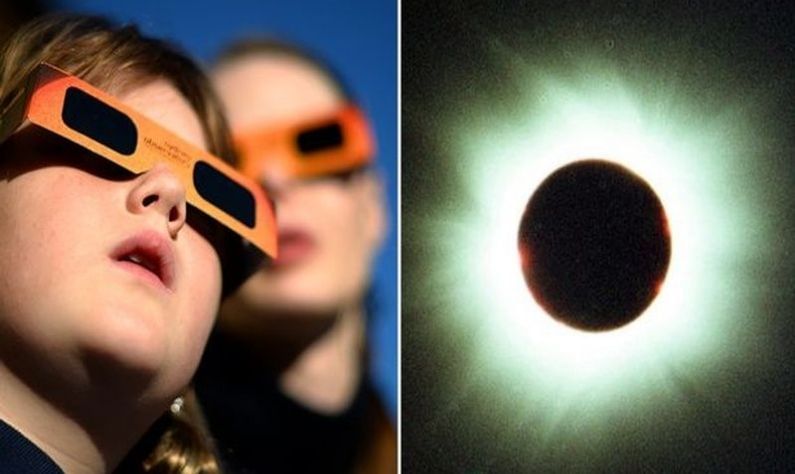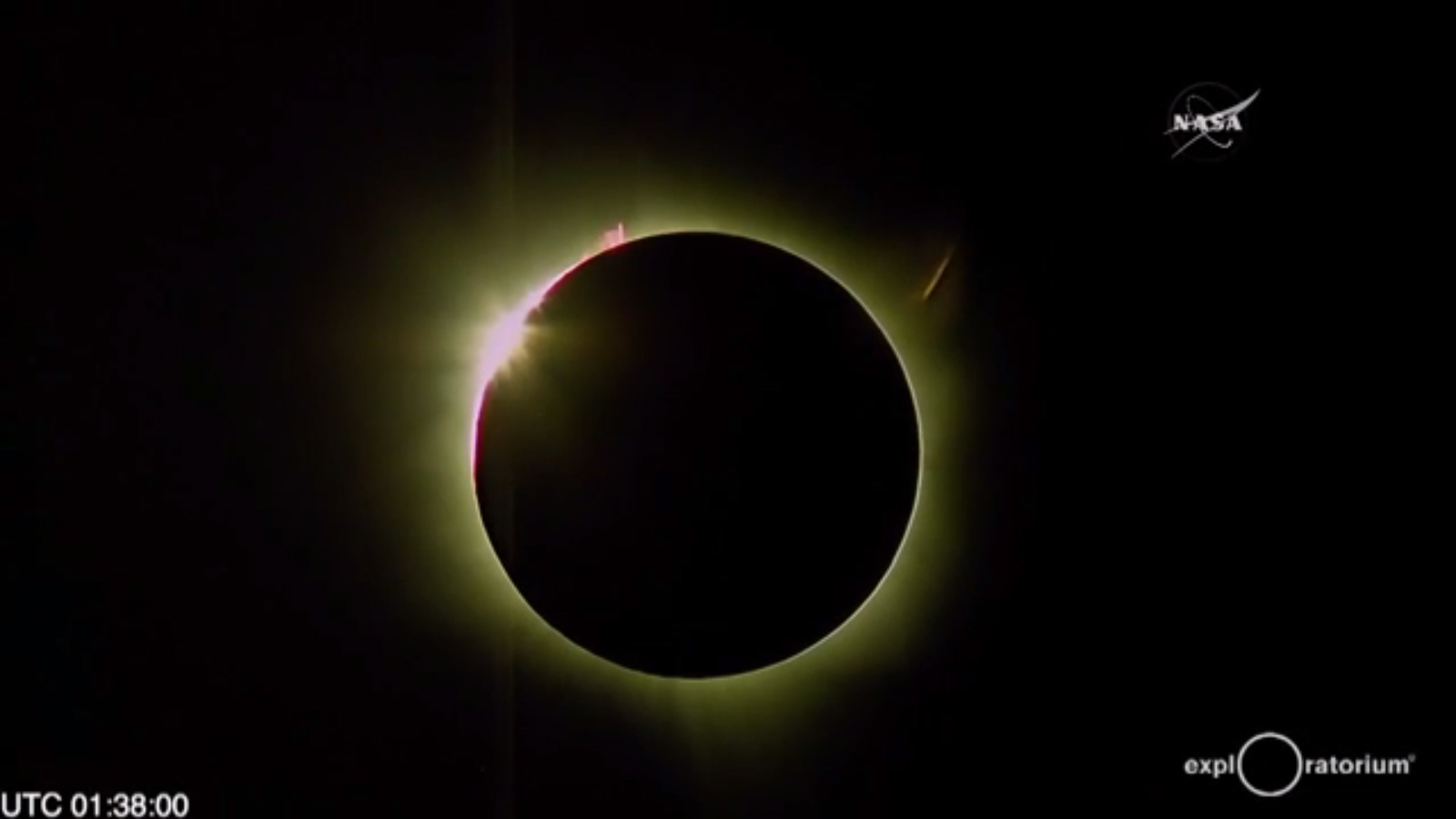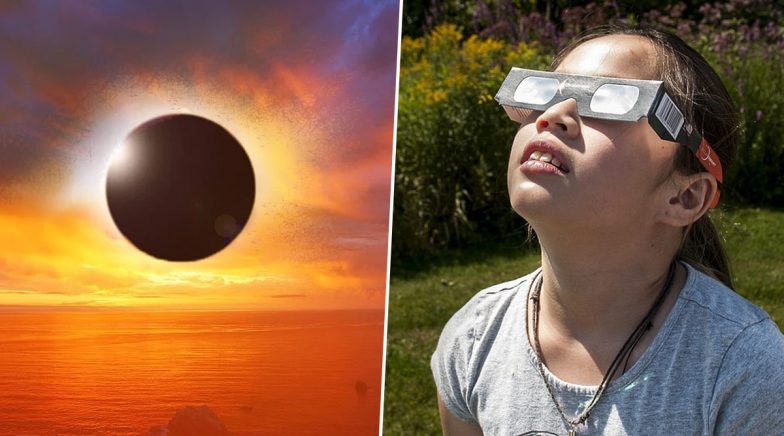

This is where the ring-of-fire eclipse gets its name, and it has to do with how much the moon covers the sun as it passes between the star and Earth. What is a ring-of-fire solar eclipse? A ring-of-fire eclipse happens when the moon passes by the sun in its orbit, but is too far from Earth to block the star in full. That said, here’s what you can expect - and how you can take part. “It’s a reminder of our cosmic neighborhood, and the sun and moon are major factors - they’re putting on a show, and it’s something we should notice.”

“It’s a moment that you can be participating in that’s something far bigger than yourself,” said Jackie Faherty, Ph.D., an astrophysicist at the American Museum of Natural History in New York City. Most of all, it will give onlookers an overwhelming sense of how small we really are in the universe. And depending on where you are on Earth, you’ll either see the fiery ring that its name suggests, or a cool-looking eclipse that resembles the sun with a bite taken out of it. The early bird gets the worm - and on Thursday, June 10, the early riser will get quite the stellar sight.Ī stunning “ring of fire” solar eclipse, otherwise known as an “annular” eclipse, is not only a rare occurrence but one that will also grace the sky over parts of the Northern Hemisphere that day. Supermassive black hole captured in stunning new imageĪstronomers scope out planet where it rains jewels and has metal clouds Latest mysterious space signal tracked to an unexpected location We've embedded the stream below.Supermassive black holes will smash into each other and warp space and time, scientists warn The website usually carries a relatively good view of eclipses and will start its coverage at 2 a.m. Of course, you can always watch a livestream of the event too. The American Astronomical Society has this authoritative guide on safely viewing an eclipse using a filter or viewer, or the old pinhole projection method. That's still a blinding ball of fire up there. Remember, never look directly at the sun without proper eye protection, even (especially) during an eclipse. "Other places will see the rising Sun appear as a shark's fin, such as Ottawa, Montreal, and Boston." "Good places to see this phenomena are around Thunder Bay, Sault Ste Marie, Toronto, Philadelphia, New York City, and Atlantic City," explains Michael Zeiler of.

This means that with a nice, flat horizon to the east, like on a waterfront, the sun may appear to have horns as it rises rather than its usual curved disc. The path of the June 10 annular solar eclipse.Īnother rare aspect of this eclipse is that it will be happening close to sunrise at many locations. The path of annularity is represented by the small red area. The large shadow over the globe denotes the day side from the night side, while the lighter, secondary shadow is where and when a partial eclipse will be visible. The below animation from NASA provides a good approximation of what will be visible from when and where. The good news for millions of others is that a partial eclipse will still be visible for a period of time from northern and eastern stretches of North America and much of Europe. Your best shot at this point might be to drop some coin or otherwise try to finagle your way on to Sky and Telescope Magazine's chartered flight from Minnesota to view the eclipse from the air. Add COVID travel restrictions on top of everything, and the actual ring of fire is likely to be witnessed by very few people. The path of the Eye of Sauron-like phenomenon is called the path of annularity, and in this instance it passes over some very remote and uninhabited areas, including northern Canada, Greenland and the frickin' North Pole.


 0 kommentar(er)
0 kommentar(er)
